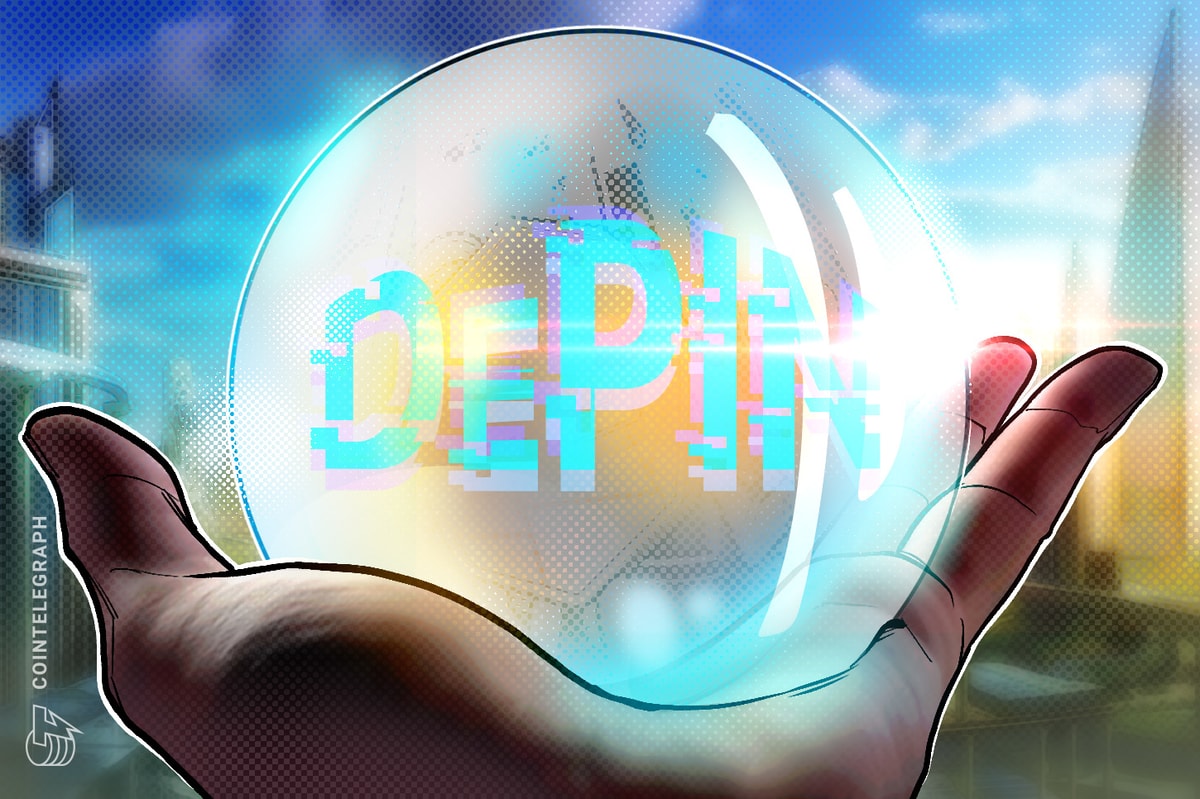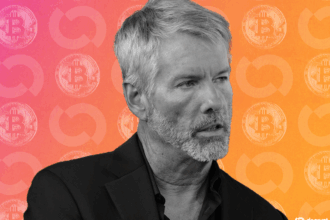Power Outages Expose Fragility of Digital Infrastructure
Opinion by: Carlos Lei, Co-founder and CEO, Uplink
The Global Infrastructure Crisis
Recent widespread power outages in Spain, Portugal, and France revealed a critical vulnerability: when the primary energy source fails, communication networks—essential for modern society—collapseseven more frequently.
This isn’t merely an European issue. Similar crises have struck South Africa with recurring power instability, Pakistan in 2023’s massive blackout, and the United States during the 2021 Texas freeze, where residents faced sub-zero temperatures without heat, power or communication.
Legacy infrastructure, developed decades ago, struggles to meet today’s demands for constant connectivity and data consumption. As renewable integration and digitalization increase energy requirements, networks strain dangerously.
Decentralized Physical Infrastructure Networks (DePIN): A New Solution
Traditional, centralized infrastructure projects require disruptive overhauls—expensive, time-consuming, and risky. DePIN technology offers a community-driven alternative by leveraging blockchain to coordinate contributions from individuals and businesses.
Instead of relying on single providers, DePIN utilizes distributed nodes—household WiFi routers, storage nodes, or local hardware—to form resilient networks. This architecture eliminates single points of failure, ensuring communications remain operational during crises.
Applications extend beyond connectivity to include localized energy sharing through distributed grids, creating community-based solutions that enhance resilience.
Real-World Proof
Decentralized networks have already proven their worth during emergencies:
- Tibetan exiles in Dharamsala, India, built a resilient wireless mesh network from recycled components
- Residents of Red Hook, Brooklyn, maintained communication after Hurricane Sandy using community-based mesh networks
- Projects like OpenRoaming demonstrate commercial viability by connecting over 3 million routers worldwide
Expanding these principles to a full decentralized wireless architecture could create overlapping coverage layers, ensuring communication continuity even during major network failures.
A Call to Action
Power outages should trigger fundamental reconsideration of critical infrastructure design. Key stakeholders must:
- Government agencies: Create regulatory frameworks supporting DePIN innovation
- Telecom providers: Integrate decentralized nodes into existing network architectures
- Infrastructure developers: Prioritize multi-layered, resilient systems
This transition represents not technology for technology’s sake, but necessary preparation for an uncertain energy future. Decentralized networks offer redundancy that guarantees basic communications when traditional systems fail—a distinction between survival and isolation.












